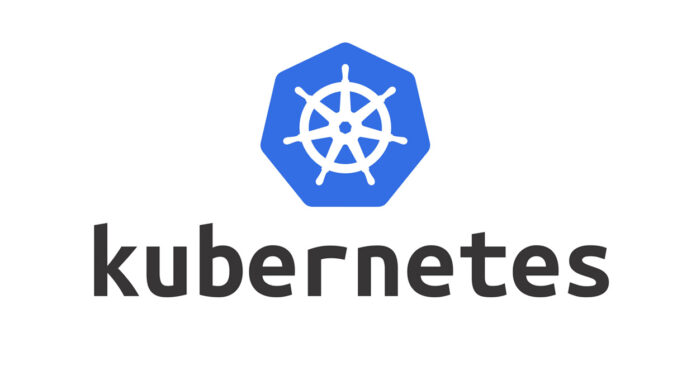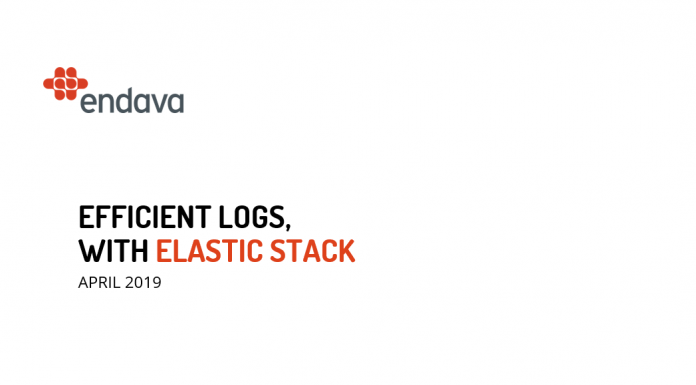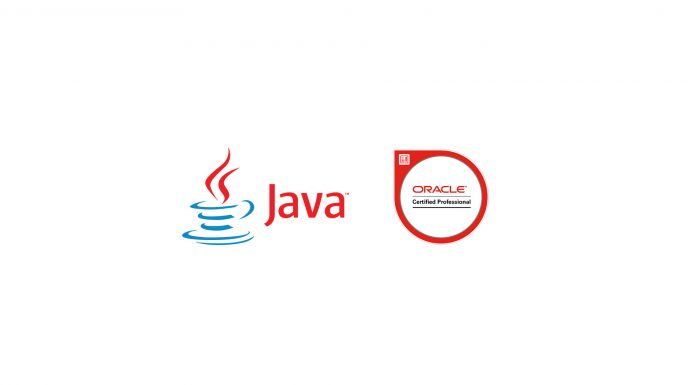This series is dedicated to helping developers prepare for the Kubernetes Certified Application Developer (CKAD) exam. In Part 1, the focus is on the essential Kubernetes concepts, such as Pods, Services, and Deployments, that are crucial for the CKAD. This guide is designed to provide clear insights and strategies for mastering these topics, making the path to certification more manageable.
Note: Kubernetes uses some Docker-like containers tool so remember you won’t be able to run a Windows-based container on a Docker host with Linux...
Docker commands:docker runis like docker create + docker start-it – interactive; will connect to the standard input of the container – thus allowing...
KinesisKinesis vs KafkaKinesisKafkaDeployment typesMay use 2 modes:- Provisioned mode- On-demand mode (new) – capacity is adjusted on demand; default capacity is 4MB/sec, maximum 200MB/s...
At some moment in time I had 2 HDDs on same PC:Linux WindowsAt boot time, when required I'd boot the right OS by hitting...
https://speakerdeck.com/vitalieb/efficient-logs-with-elastic-stackDemo code available at https://github.com/vitalieb/ElasticStackPresentation
IntroductionChannels are used for routing messages to endpoints.Channels do the routing and endpoints perform the operations.Spring Integration (SI) provides numerous adapters for communication between...
Advanced class design:
Anonymous classes are implicitly final and it can never be static.static method > default methoddefault method > abstract methoddefault method > default method (re-declared...
Checked InterruptedException in Java is a constant source of pain for many of us; here is my understanding of how it should be handled.Source:...
I want to share with you my Spring Core Certification notes I took.Here they are:









